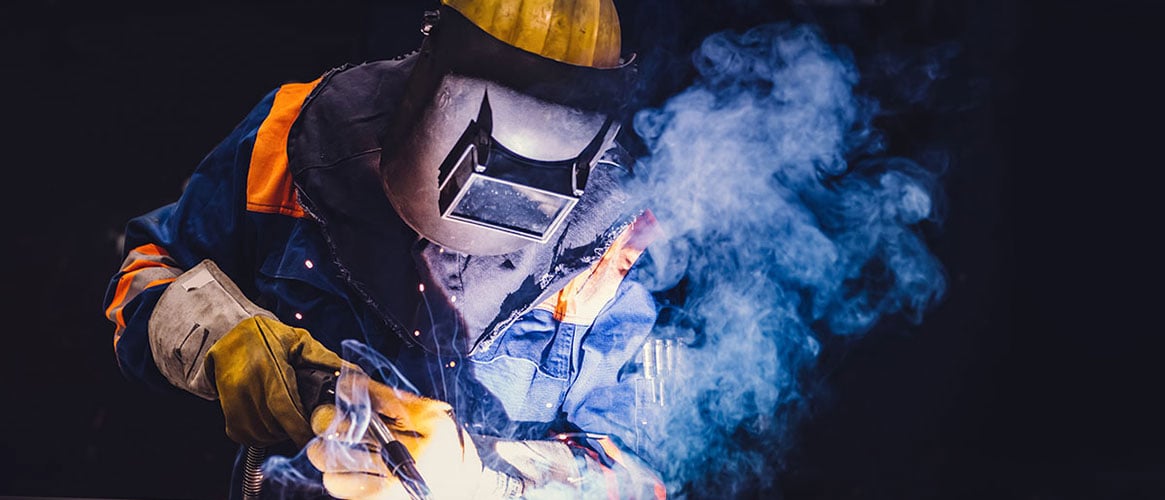California’s new law on blood level reporting makes two changes. First, it sets a minimum blood lead level that when reached requires immediate action by the California Department of Public Health (CDPH). Second, it requires Cal/OSHA to launch an investigation right away into any company where the minimum level was reached or exceeded.
New law, part 1
According to subsection 105185 (c) of the new law, when CDPH receives a report from a blood testing lab indicating that a worker’s blood lead level is at or above 20 micrograms per deciliter, CDPH must report that case to Cal/OSHA within five business days of receiving the report. Previously, CDPH would contact employers directly if they were concerned about an employee’s blood lead levels.
AB35 further clarifies in subsection 105185 (e) that the 20 microgram per deciliter level does not replace or supersede any Cal/OSHA regulations that require employer actions to reduce blood lead levels. Those regulations include the lead standards in Title 8 of the California Code of Regulations, General Industry Safety Order (Section 5198) or Construction Safety Order (Section 1532.1).
New law, part 2
AB 35 added sections 147.3 (a) and (b) to the California Labor Code which stipulate that when Cal/OSHA receives an elevated blood lead level report, it will be considered a potentially serious violation, and an investigation must be initiated within three (3) working days. After the completion of the investigation, any citations and fines imposed by Cal/OSHA shall be made publicly available on its internet website on an annual basis.
Employers utilizing lead need to pay more attention to their existing medical surveillance program to ensure that blood lead results won’t trigger a visit from Cal/OSHA and/or serious fines. This includes industries with SIC codes subject to the requirements of the CDPH Occupational Lead Poisoning Prevention Program. It also includes any industry whose processes may result in the release of lead dust, mist, fume, or other particles, such as cutting, welding, grinding, polishing, machining, scraping, melting, sanding, spraying, shooting or pressure blasting lead containing materials.
